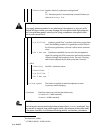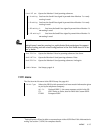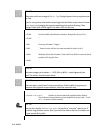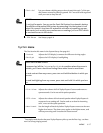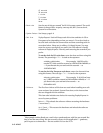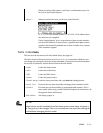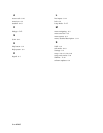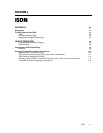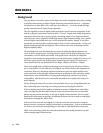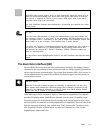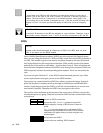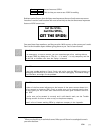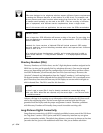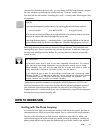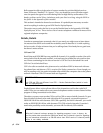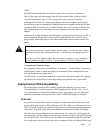
7-2 ISDN
ISDN BASICS
Background
Like just about every other aspect of our high-tech world, telephones have been making
a transition from analog to digital. Digital telephone transmission services — originally
intended just to make basic voice calls more cost-effective — have also made the high-
quality transmissions of ZephyrExpress possible.
The first significant users of digital audio techniques were the phone companies: In the
mid 60’s a digital transmission method called “T-carrier” began to be widely deployed to
expand the voice-channel carrying capacity of existing copper wires. Engineers discov-
ered that these wires, originally installed for simple single-channel analog, were capable
of much higher bandwidth than the 3.4 kHz required for speech. Indeed, it was deter-
mined that two of these pairs could be made to relay 24 voice conversations – if they were
digitized and appropriately multiplexed. Thus was born the basic technology used for
digital telephony today.
The standards that were developed then continue to define the digital telephone net-
work: an 8 kHz sampling rate (resulting from the desired 4 kHz Nyquist frequency to ac-
commodate a 3.4 kHz audio bandwidth, with guard band) with 8 bits of amplitude
resolution (instantaneously companded to provide performance roughly the same as a 13
bit linear system producing 78 dB dynamic range for speech signals). Thus the basic
voice channel bit rate was established to be 64kbps. (8kbyte/sec x 8bits = 64kbps.)
These early applications of digital technology were invented by the telephone industry
for its own benefit. The fact that they were digital was neither obvious nor important to
customers. However, telephone engineers learned to appreciate digital audio for the
same reason we in the pro audio community have: immunity to noise and other quality
impairments, ease and flexibility of routing and multiplexing, and lower cost due to
compatibility with the electronics and media invented for the rapidly advancing com-
puter industry.
Nearly all long-distance calls are now connected from city-to-city using digital paths on
fiber cables and most switching and routing is performed by digital machines.
With the digital nature of the modern telephone network is hidden from subscribers,
voice and signaling has been delivered just as they have been since the era of wooden
phone sets and mechanical bells. In the age of digital communication, this “last mile”
bottleneck had become increasingly frustrating for those who have need to send digital
information through Ms. Bell’s wires.
With most of the network now digital, it is clearly ironic that we have been using mo-
dems to convert a computer’s digital information to analog beeps... just to accommodate
the mile or two of ancient analog linkage at each end of a thousand-mile connection.
ISDN is the technology which has evolved to eliminate this analog bottleneck yet still
utilize existing copper infrastructure.



